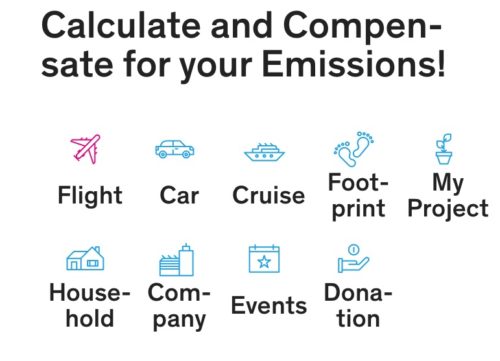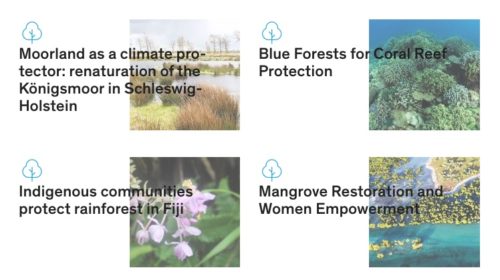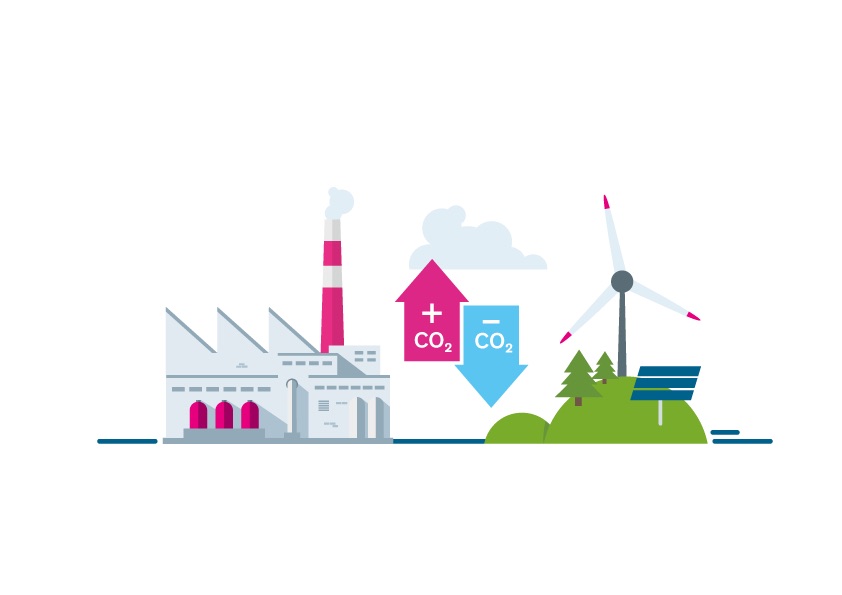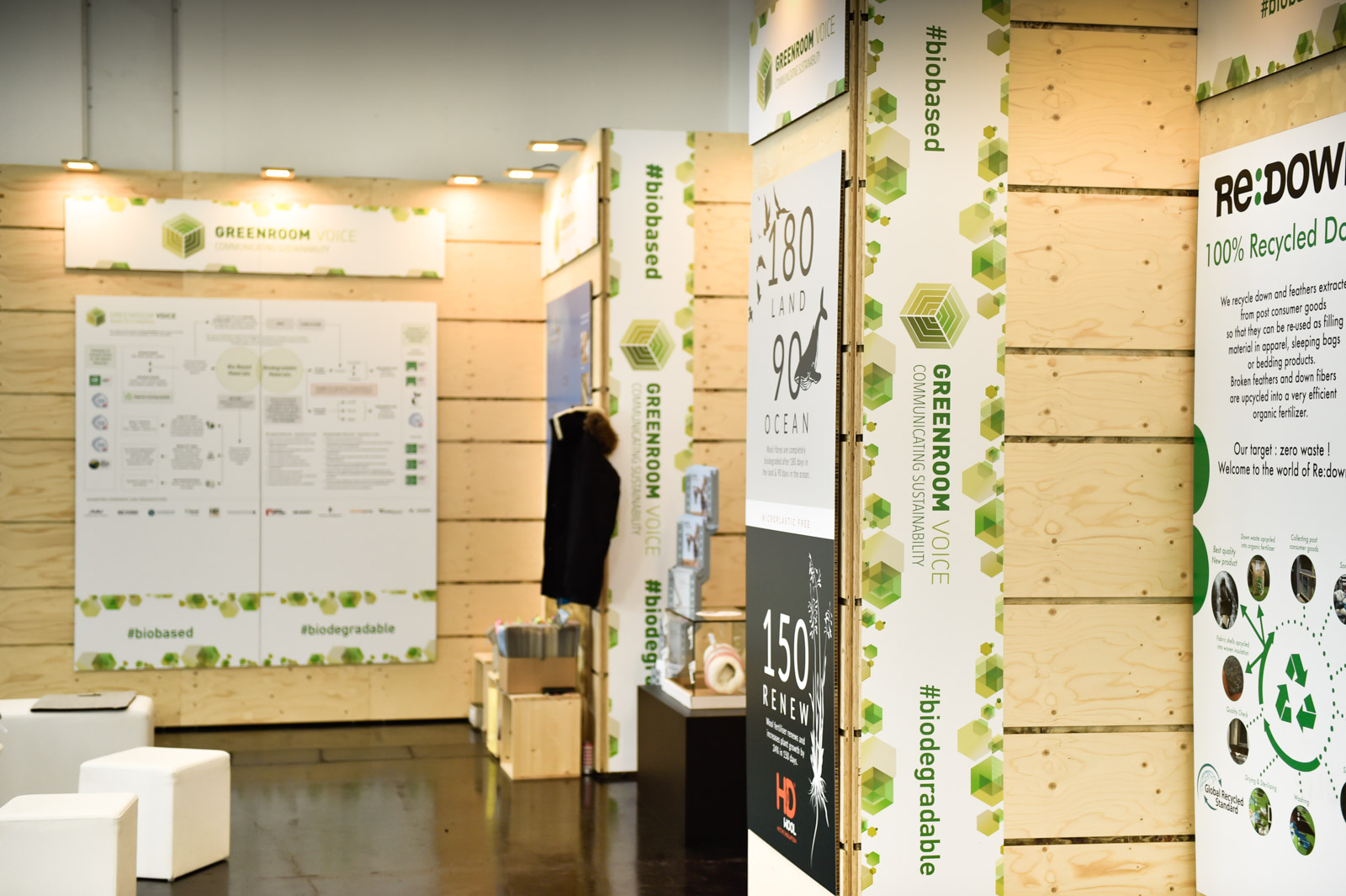During the duration of the showcase we thrive to reduce the environmental footprint as much as we can. The sustainability hub uses from reusable wooden structures and walls, card boards, energy optimised lightning systems, organic food bar, no carpets, no flooring to zero single use plastic. But despite the effort, there is still a footprint to care of. One common idea is to translate it into CO2 and compensate the emission.
For 2020 we will initiate the possibility for our partnering brands to compensate the CO2 related to their part of the Showcase at ISPO 2020 with myclimate. This includes the wooden structure itself, the printing, the heating, use of electricity and if the brand chooses to, also the travel of their staff to the fair.
Over the course of millions of years, the global climate has experienced fluctuations. Since the beginning of industrialisation, however, the composition of the atmosphere has changed as a result of greenhouse gas emissions. The global warming of the last 50 years is, with over 95% probability, due to humans. The Intergovernmental Panel on Climate Change (IPCC) is responsible for evaluating the risks of human-caused climate change and gathering prevention and adjustment strategies. It was established by the United Nations Environmental Organisation (UNEO) and the World Meteorological Organisation (WMO). This global warming caused by human beings intensifies the natural greenhouse effect and is leading to detectable changes to the climate. This global warming also has a significant effect on people and nature.

myclimate is a partner for effective climate protection – both locally and globally. The Swiss Non-Profit Organisation wants to shape the future together with its partners through consultation, education and climate protection projects. myclimate pursues this as a science-based and business-orientated non-profit organisation.
The international initiative with its Swiss roots, belongs to the global leaders in voluntary quality compensation measures. With projects of the highest quality, myclimate promotes quantifiable climate protection and long-lasting development worldwide. Through these projects, emissions are reduced by replacing fossil fuel sources with renewable energies and by implementing energy-efficient technologies.

We have asked Kai Landwehr, marketing manager and press officer at myclimate how brands can actually compensate the CO2 at our Showcase:
“The main sources of emissions are pretty clear at an event like this. We will set your showcase into a context to the whole of ISPO and then break it down to your square meters, including your set up, the energy you are using, maybe even mobility. This depends on the brands and how far they would like to take it.”
Why do we translate emissions into CO2?
“Everything has an ecological and a social foot print. We have the data to translate virtually everything into CO2 emission in relation to the life cycle of whatever we are dealing with, even professional human services. Of course you could chose to calculate your footprint differently, like in loss of biodiversity or water use and pollution, etc.”
CO2 Compensation still sounds to many people like a sale of indulgences that doesn’t solve the problem, why is it still useful?
Kai: “CO2 compensation is the verifiable acquisition of a concrete service. With CO2 compensation I make sure that the estimated amount of CO2 is not created somewhere else, where it would be, if we were not funding projects to prevent this from happening. We mainly invest in CO2 reduction and some carbon capturing with reforestation projects. These reductions are independently certified by a third party.”
What would be a good place to start for a brand, who is wiling to compensate what is not reducible in their business operations?
Kai: “A good place to start is always mobility of employees. For a business, which is producing goods, it is sensible to break down the CO2, which is released by each product. We can go as deeply into the supply chain as the brand is able and willing to.”



